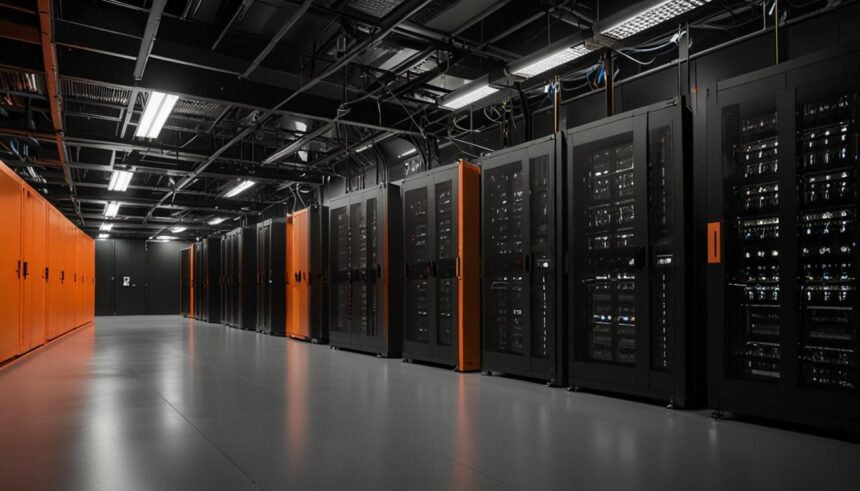Google’s ambitious goal to achieve net-zero carbon emissions by 2030 faces challenges as its carbon footprint surges due to energy-intensive artificial intelligence projects. The company’s 2024 Environmental Report reveals a significant increase in emissions, with data centers and supply chain operations for AI initiatives driving the rise. Despite this, Google believes AI can help mitigate emissions globally, but the long-term environmental impact remains uncertain.
Google, having set a goal to achieve net-zero carbon emissions by 2030, has seen a significant surge in its carbon footprint, driven by energy-intensive artificial intelligence (AI) projects. According to its 2024 Environmental Report, Google’s carbon emissions increased nearly 50% since 2019, with a notable 13% rise from 2022 to 2023. This uptick is attributed to the substantial energy demands of running data centers and supply chain operations necessary for AI initiatives.
Other tech giants, including Amazon Web Services, have also faced increased energy demands and are exploring nuclear power as a solution. Currently, about a third of nuclear power plants in the U.S. are in discussions with tech companies to provide electricity for data centers supporting AI models.
Google’s 2023 carbon emissions reached 14.3 million tons of CO2 equivalents. The company’s Chief Sustainability Officer, Kate Brandt, and SVP of Learning and Sustainability, Benedict Gomes, highlighted the energy consumption of data centers necessary for AI model training and deployment as the primary cause. AI-powered searches, for instance, use ten times more energy than standard queries.
Despite these challenges, Google argues that AI can play a crucial role in mitigating emissions elsewhere, potentially reducing global greenhouse gas emissions by 5-10% by 2030. Nonetheless, the long-term environmental impact of AI remains uncertain.
Google’s report underscores the difficulty of reducing emissions while expanding AI integration, acknowledging that emissions may rise before improvement occurs. Other tech firms like Microsoft also grapple with rising carbon footprints due to increased data center activities. This trend is echoed by industry predictions: the International Energy Agency forecasts global data center power consumption could double by 2026, and a Goldman Sachs analysis predicts a 1.8x to 3.4x increase by the decade’s end.
Debate persists regarding the long-term impact of AI on emissions, with some industry experts suggesting that improvements in hardware and software could mitigate future energy demands.





